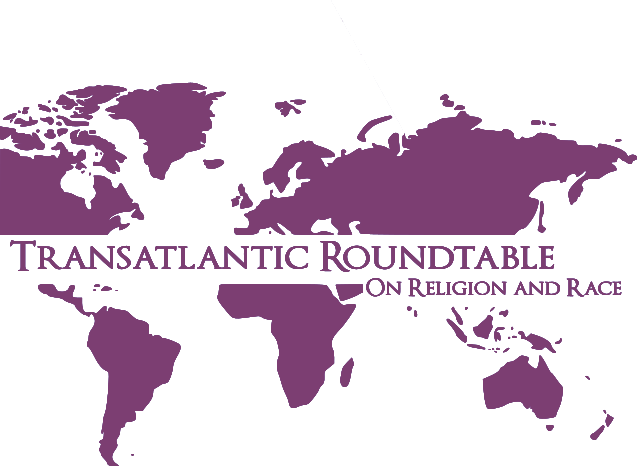I.D. Mothoagae, Acta Theologica, November 2023
The Setswana language is one of the Southern African languages that was “reduced” into a written language through the translation of Christian literature by the London Missionary Society. The introduction of the Setswana spelling book in 1826 epitomised the vernacularisation and standardisation of Setswana. In 1826, Robert Moffat also translated the first Setswana catechism. Rev. William Brown’s Catechism served as a source text. He also added the third chapter of the Gospel of John and the Lord’s Prayer. This paper focuses on the second section of the 1826 Setswana catechism, namely the third chapter of John’s Gospel. It is argued that translation does not happen in a vacuum; rather, it also has the ideological intentions of the translator. Through the translated texts, Moffat performs a technology of power by eroding, dislocating, and disassociating the Batswana from their epistemic and
spiritual heritage. The paper applies a decolonial lens to analyse the theme of conversion (metanoia) in the Gospel of John, as translated by Moffat.
file:///C:/Users/PTS/Downloads/7752-Article%20Text-22210-2-10-20231213.pdf
